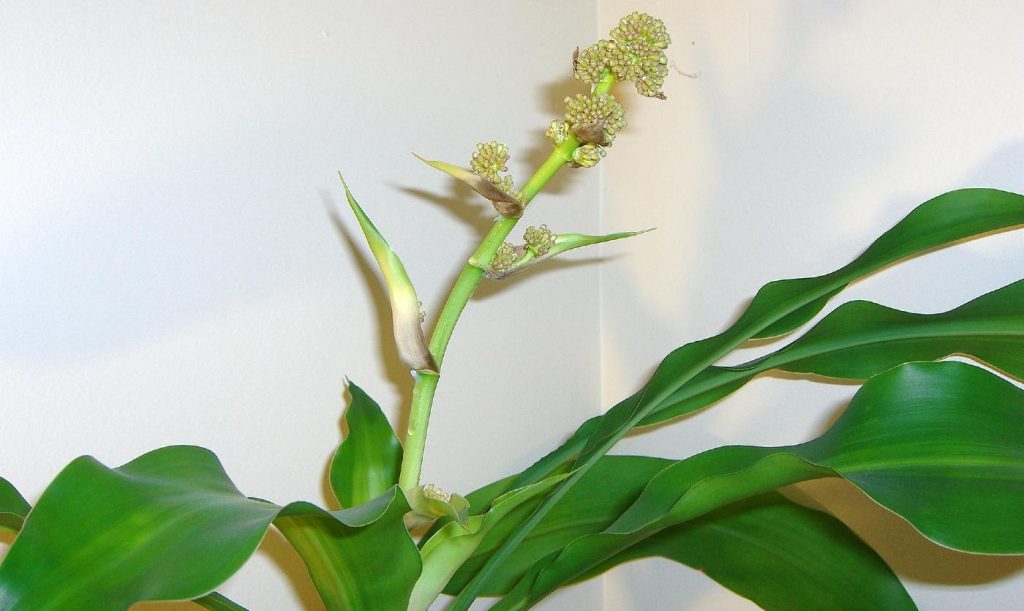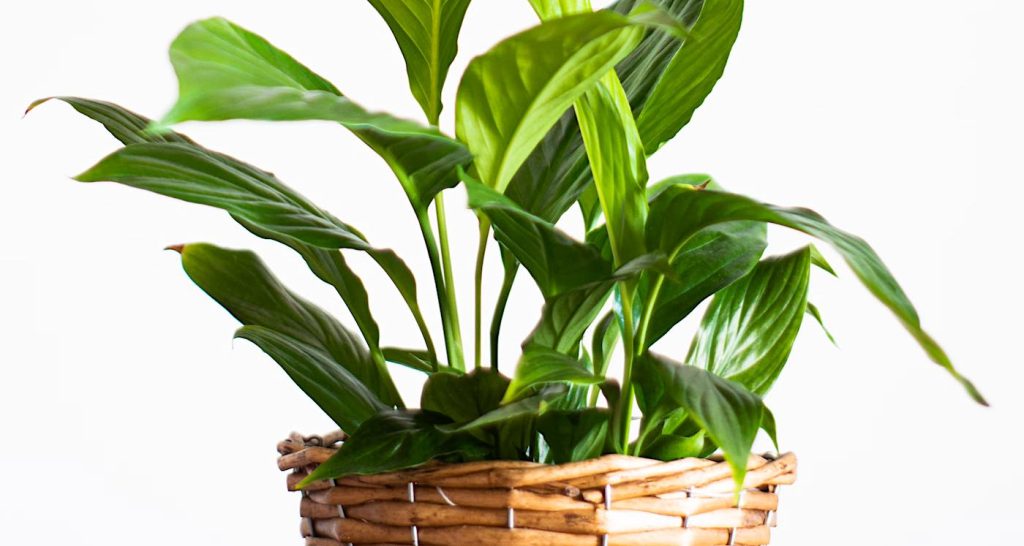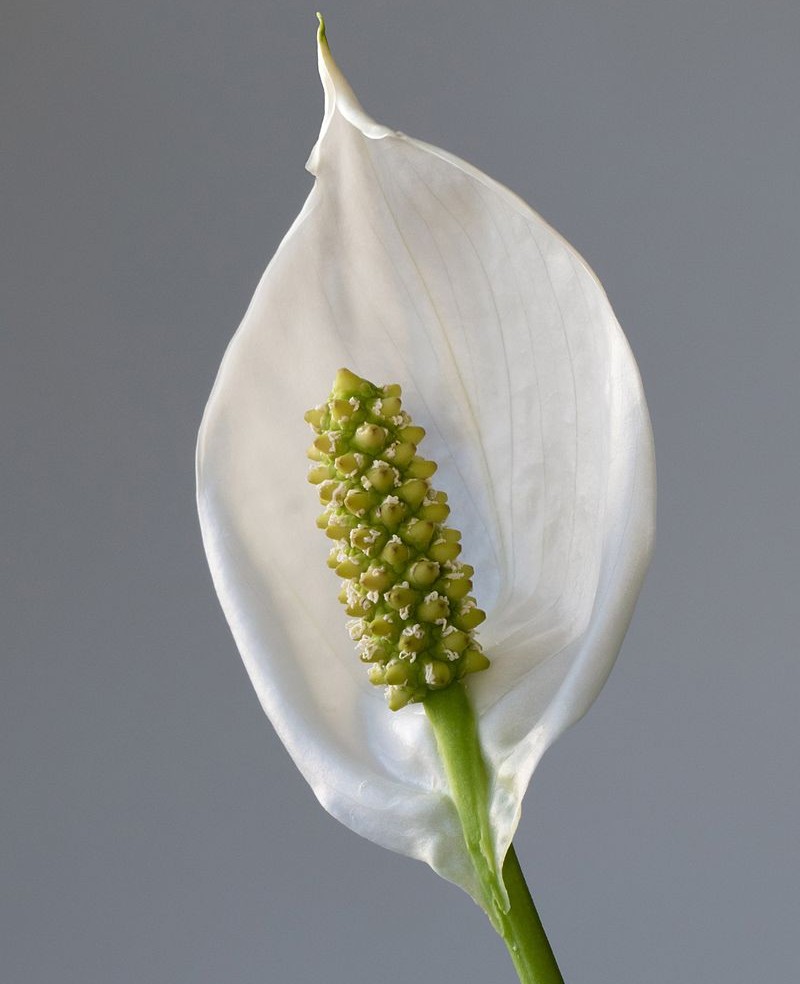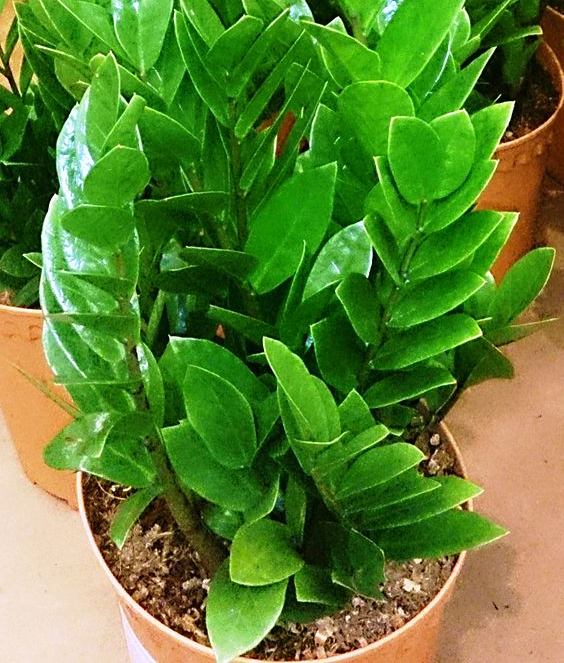

Ordinary potted house plants can potentially make a significant contribution to reducing air pollution in homes and offices.
That’s according to new research led by the University of Birmingham and in partnership with the Royal Horticultural Society (RHS).
During a series of experiments monitoring common houseplants exposed to nitrogen dioxide (NO2)—a common pollutant—researchers calculated that in some conditions, the plants could be able to reduce NO2 by as much as 20 percent.
Each plant was put, by itself, into a test chamber containing levels of NO2 comparable to an office situated next to a busy road.
Over a period of one hour, the team calculated that all the plants, regardless of species, were able to remove around half the NO2 in the chamber. The performance of the plants was not dependent on the plants’ environment, for example whether it was in light or dark conditions, and whether the soil was wet or dry.


Lead researcher Dr Christian Pfrang said, “The plants we chose were all very different from each other, yet they all showed strikingly similar abilities to remove NO2 from the atmosphere. This is very different from the way indoor plants take up CO2 in our earlier work, which is strongly dependent on environmental factors such as night time or daytime, or soil water content.”
The team also calculated what these results might mean for a small office (15 m3) and a medium-sized office (100 m3) with different levels of ventilation. In a poorly ventilated small office with high levels of air pollution, they calculated that five houseplants would reduce NO2levels by around 20 per cent. In the larger space, the effect would be smaller— 3.5 per cent, though this effect would be increased by adding more plants.
There was no indication, even during longer experiments, that our plants released the NO2 back into the atmosphere, so there is likely a biological process taking place also involving the soil the plant grows in—but we don’t yet know what that is.”
Dr Tijana Blanusa, principal horticultural scientist at the RHS and one of the researchers involved in the study said, “This complements RHS efforts to understand scientific detail behind what we know to be a popular passion. Understanding the limits of what we can expect from plants helps us plan and advise on planting combinations that not only look good but also provide an important environmental service.”

In the next phase of the research, the team will be designing sophisticated tools for modelling air quality indoors encompassing a much wider range of variables.
The new project, funded by the British Met Office, will use mobile air quality measuring instruments to identify pollutants and test their effects in both residential and office spaces, producing a wealth of data to inform the tool’s development.
All in all, it sounds as though—if you haven’t yet joined in on the potted plants trend, maybe it’s time you tried?
This research has been published in Air Quality, Atmosphere & Health. / Source: University of Birmingham
No comments:
Post a Comment